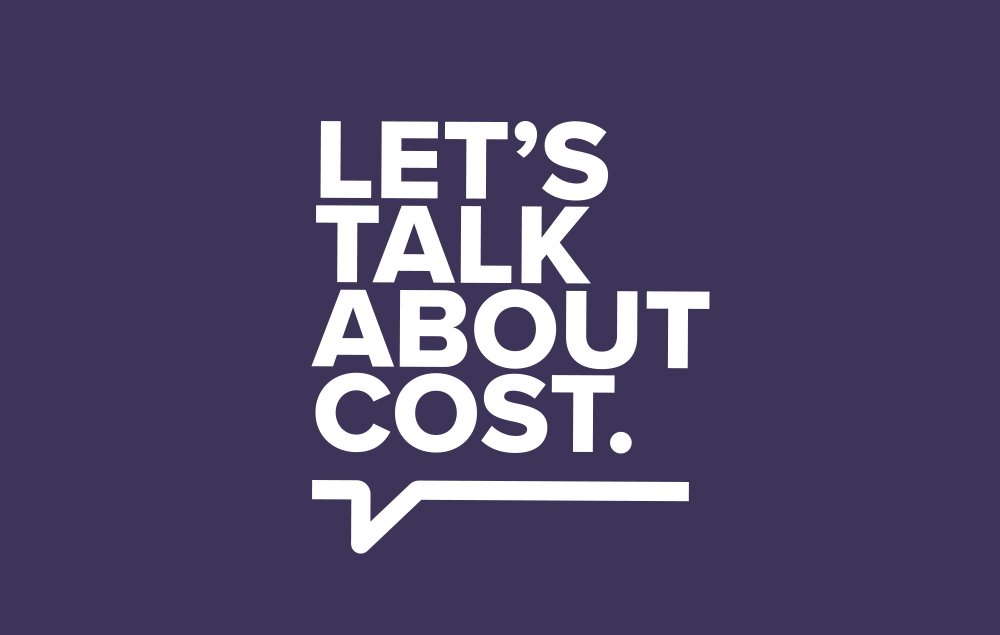An analysis published in a Health Affairs blog post by Nancy L. Yu, Preston Atteberry and Peter B. Bach of the Memorial Sloan Kettering Cancer Center reinforces that one-third of medicine list prices are rebated back to pharmacy benefit manages (PBMs), wholesalers, health plans and other stakeholders in the biopharmaceutical supply chain.
According to the analysis, in 2016 brand and generic biopharmaceutical companies retained just two-thirds ($323 billion) of total spending on medicines. Of the remaining third, nearly half was captured by retail and specialty pharmacies ($73 billion) and about 20 percent ($35 billion) by providers, such as hospitals and physicians’ offices. PBMs and wholesalers retained about 25 percent ($23 billion and $18 billion, respectively). However, the authors did not take into account that the large PBMs all own mail-order pharmacies, the four largest specialty pharmacies and in some cases thousands of retail pharmacies, which is not part of the calculated PBM revenue.
This analysis confirms a previous Berkeley Research Group study, which found in 2015, more than one-third of medicine list prices are rebated back to payers and the government or retained by stakeholders in the supply chain. According to the BRG report, brand and generic biopharmaceutical companies retained a total of $326 billion in revenue, with brand companies retaining just $219 billion, or 63 percent, of total gross (based on list price) spending on brand medicines.
The amount retained by brand biopharmaceutical companies in the BRG report differs from the Health Affairs analysis because it singles out just the amount retained by just brand companies. There are greater price concessions on brand name medicines than generics due to the robust negotiations that take place between innovator companies and insurers. In fact, the magnitude of rebates, discounts and other reductions in price have more than doubled since 2012, totaling over $150 billion in 2017. Payers are increasingly demanding higher discounts and rebates in exchange for formulary placement, while at the same time amounts companies pay as part of the mandatory rebates in Medicaid and the rapidly growing 340B program continue to increase each year.
Learn more at LetsTalkAboutCost.org.



